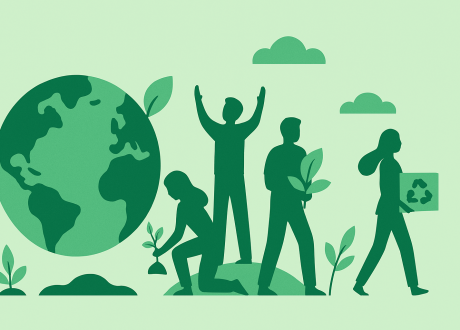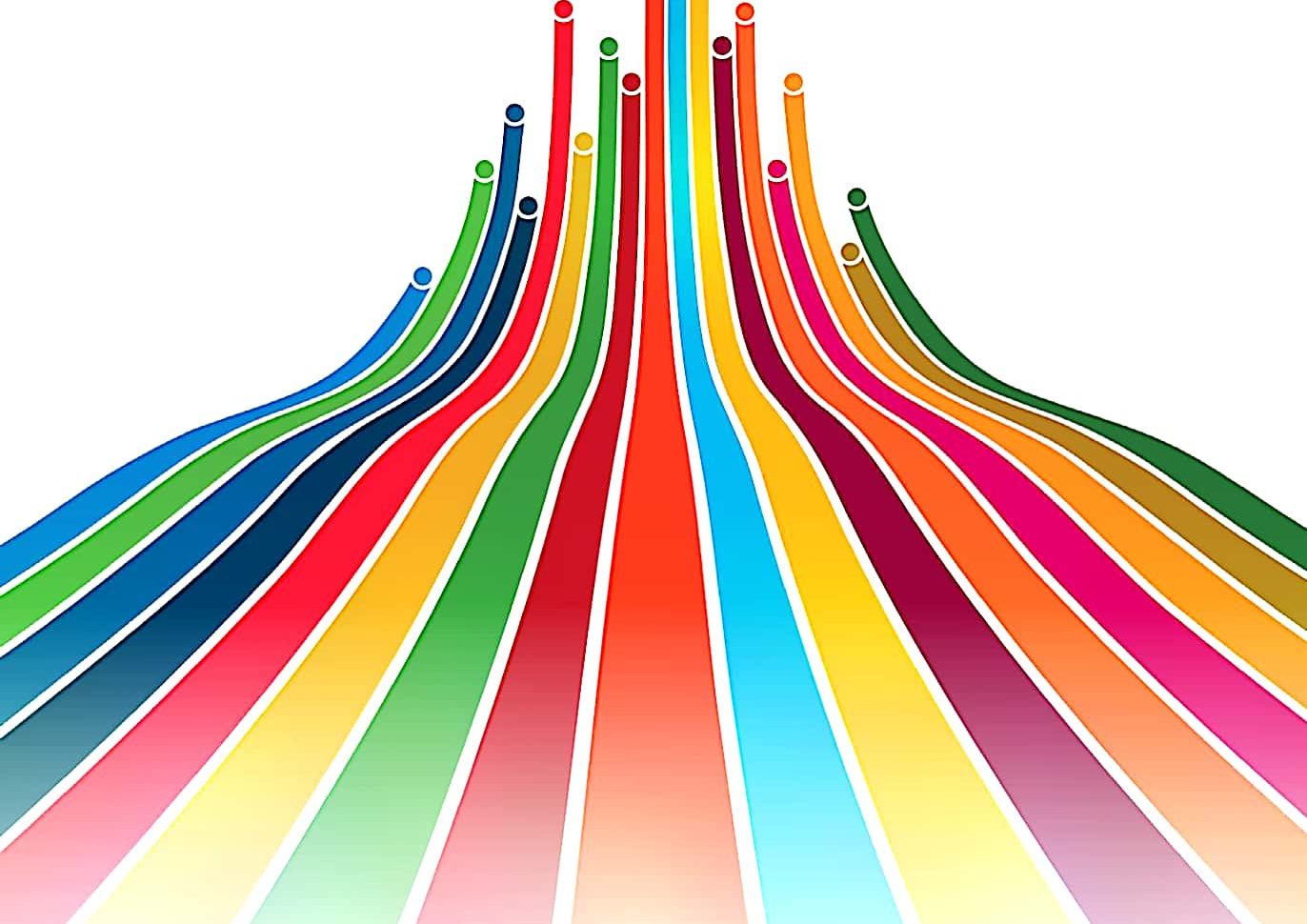
5 Steps to Build an Effective CSR Strategy
In today’s business landscape, Corporate Social Responsibility (CSR) has evolved from being a “nice-to-have” to ...

Globally, climate change may push up to 158.3 million more women and girls into poverty (16 million more than the total number of men and boys) by mid-century, according to the “Progress on the Sustainable Development Goals: The gender snapshot 2023”.
The report – issued by the United Nations Entity for Gender Equality and the Empowerment of Women (UN Women) – said food insecurity is projected to increase by as much as 236 million more women and girls, compared to 131 million more men and boys.
Despite these numbers, only 55 of the world’s national climate action plans include gender-specific adaptation measures, and only 23 recognize the vital role of women as change agents in the fight against climate change.
Investments in a comprehensive SDG stimulus package would help to mitigate this effect, reducing the number of women falling into extreme poverty from 158.3 million to 43.3 million. But the impact will still be less than what could be achieved if the world abates climate change now, before it gets exponentially worse.
“At the current rate, we risk leaving more than 340 million women and girls in abject poverty by 2030, and an alarming 4 percent could grapple with extreme food insecurity by that year,” the report said.
The report forecasts that by 2030, 8 percent of the global female population (approximately 342 million women and girls) will continue to live on less than $ 2.15 a day. Only 42 percent of countries have sex-disaggregated poverty data readily available, impeding targeted interventions.
While progress in narrowing the gender gap in food insecurity has been made, roughly 24 percent of women and girls may still experience moderate to severe food insecurity by 2030. Gender disparities in agriculture persist, with limited access to land, resources, and ownership affecting productivity, the report said.
As maternal mortality reduced globally from 2000 to 2020, progress has stagnated since 2015. High maternal death rates in sub-Saharan Africa and Central/Southern Asia highlight inequalities in healthcare access and quality, the report added.
Increases in girls’ enrollment in education are commendable, but nearly 110 million girls and young women could remain out of school by 2030 if progress stalls. Gender gaps in education and training opportunities persist, affecting future earning potential and overall development.
According to the report, gender equality sees limited progress, with just two of this goal’s indicators nearing their targets. No indicator has fully met its aim.
Deep-seated biases persist, marked by unequal health access, unequal political representation, economic gaps, and inadequate legal defenses. Critical data for monitoring progress is missing in many countries. Furthermore, 28 countries do not recognize women’s equal rights in marriage and divorce.
Globally, 19 percent of young women are married before age 18, and there is a notable disparity in leadership roles.
A significant investment of an additional $ 360 billion annually is crucial to achieving gender equality, a cornerstone to meet broader sustainable development objectives, the report highlighted.
The report added that although more women now have access to safe drinking water, around 380 million women and girls live amid high or critical water stress, a number projected to increase to 674 million by 2050 due to climate change.
Approximately 341 million women and girls could lack access to electricity by 2030, with clean cooking fuels remaining out of reach for many. Universal electricity could elevate 185 million women and girls from poverty by 2050, and modern cookstoves could prevent 6.5 million pollution-related deaths.
Disrupted careers, care responsibilities, and wage discrimination mean women only earn a third of the global income generated by labor. For each dollar men earned in labor income, women earned only 51 cents. The gender wage gap and underrepresentation of women in the labor force continue, indicating the need for policy reforms to ensure equitable opportunities and wages.
Women hold 21 percent of STEM (science, technology, engineering, and mathematics) jobs and only one in three researchers is a woman. Gender disparities in technology and innovation persist, hindering women’s participation in STEM fields and impeding progress in emerging technologies like artificial intelligence.
Gender discrimination comes in many forms and remains commonplace, undermining human rights. According to latest available data, up to 21 percent of people living with HIV reported being denied health care in the past 12 months, and up to 26 percent of women living with HIV reported that their treatment for the virus was conditional on taking contraceptives.
By 2050, urban areas are expected to house 70 percent of the world’s female population, totaling 3.3 billion. Alarming trends suggest a third of these women and girls could find themselves living in inadequate housing or slums. Moreover, women with disabilities, representing approximately 18 percent of the female population, face heightened challenges. A 2022 study indicated that a mere 27 per cent of 190 countries and regions explicitly protected the rights of women with disabilities.
Since 2017, the number of women and girls in conflict-ridden areas has surged by 50 percent, tallying up to 614 million by 2022. In 2023, those in extremely fragile areas were especially vulnerable, facing higher poverty rates and increased food insecurity. Intimate partner violence is 2.4 times higher in extremely fragile contexts compared to non-fragile settings.
A dire need for enhanced financial backing exists in countries where gender equality lags the most. The yearly budget dedicated to gender equality as a principal objective remains low at $ 5.7 billion, just 4 percent of total bilateral aid. This minimal support, coupled with the fact that only one in four countries actively tracks gender equality funding, underscores the challenges faced in achieving parity.
A recent review of national climate action plans, known as nationally determined contributions, found that only 55 have specific climate adaptation measures referring to gender equality and only 23 recognize women as agents of change in accelerating progress on climate commitments.
Multisectoral plans and efforts to respond to climate change must prioritize women and girls most at risk. A lot more is also needed in the areas of conservation, disaster preparedness, adaptation and resilience, including expanding women’s access to quality health, education, economic opportunities and information.
اترك تعليقا